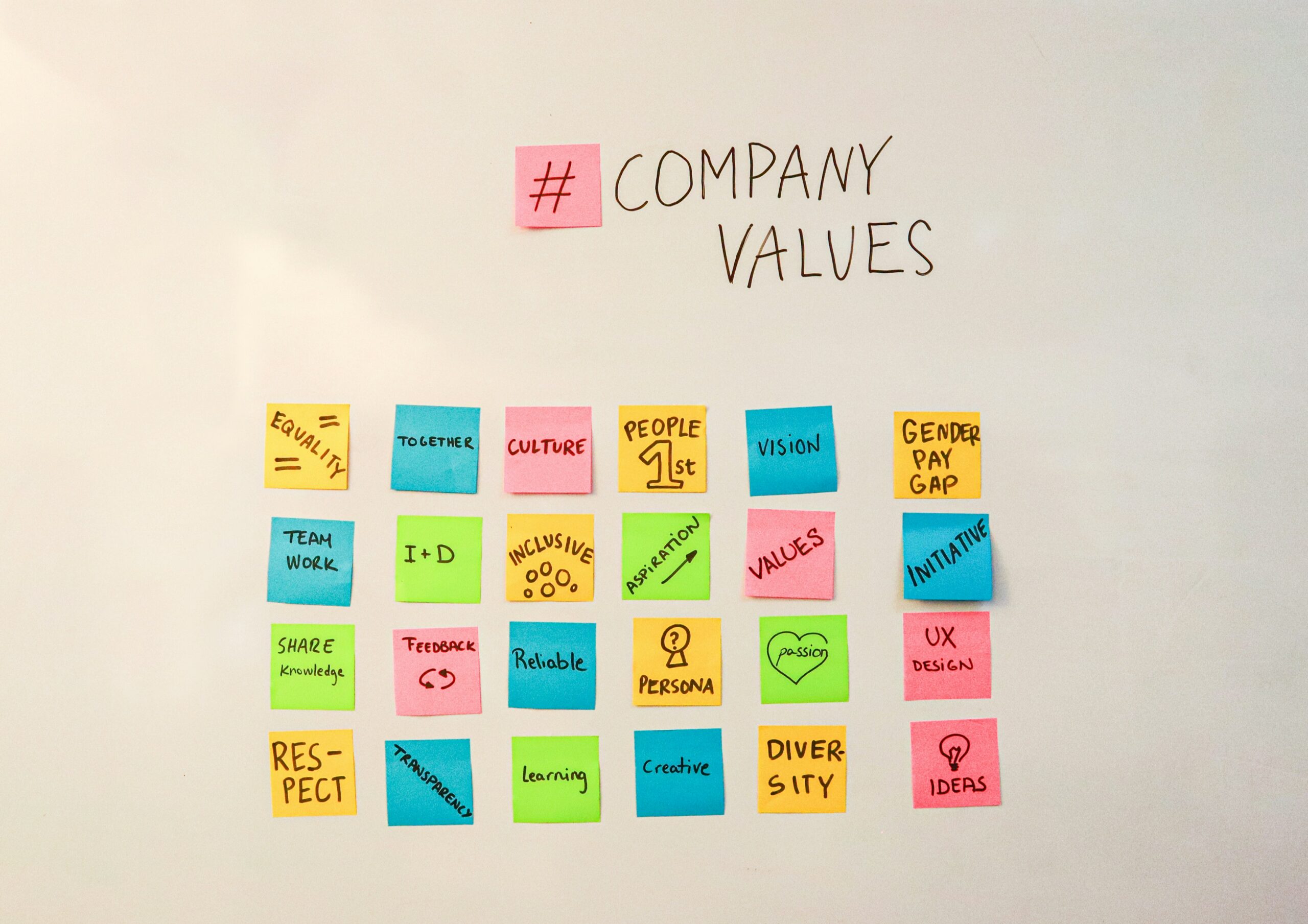With some leaders reporting voluntary turnover rates close to zero, concern about stagnation for companies and employees is growing.
A new term – job hugging – has been in the news lately, paralleling the Great Stay. The term job hugging refers to employees holding onto their current jobs rather than seeking new opportunities elsewhere – the opposite of job hopping or the Great Resignation. Effective leaders understand that this trend could benefit their organisations but also entails risks; they take steps to maximise the advantages while minimising the risks.
Why Are Job Hugging and the Great Stay Happening?
Many surveys indicate the reasons employees are staying in jobs today reflect fears about the economy and their job prospects or risk aversion. In such an environment, many employees would rather stick with what (and who) they know.
Our Global Benefits Attitudes Survey (GBAS) finds employees are turning to their current employers for a sense of security amid a cost-of-living crisis, a slowing job market, concerns about inflation and global political unrest. Employees also report anxiety about the impact of AI adoption on job security and potential displacement. Many leaders anecdotally report that employees worry about new performance expectations, forming new relationships and navigating different organisations when they change jobs.
Additional reasons for staying are structural. Employment data show that fewer job opportunities are available today compared with previous years. Layoffs appear in the news more frequently, especially in industries such as technology, business services and the government. Even though there are still millions of open jobs in the U.S., there are far fewer available to potential job changers.
There also are positive reasons why people stay in their jobs, such as appreciating their work arrangements, valuing their health and retirement benefits, and finding their compensation competitive. This aligns with our GBAS study, where employees say pay (48%), job security (41%), health benefits (36%) and flexible work arrangements (31%) are some of the top reasons they stay. Many employees also report enjoying their work, colleagues, managers and company cultures.
How Do We Know Job Hugging is Real?
In September 2024, the voluntary quit rate for employees in the U.S. fell below 2% for the first time since 2015 and has remained around 2% since then, according to U.S. labor data reports through the end of July 2025. An exception occurred during a temporary drop in the first three months of the COVID pandemic, after which it hit a record 3%. This means that approximately one million fewer Americans quit their jobs each month in 2025 than they did monthly at the height of the pandemic.
Our GBAS study also reports similar patterns, finding 72% of employees are staying with their employers – a significant change from 2022 when 53% were looking to leave. While a quarter of employees were open to offers in 2022, only 11% would welcome them today.
Some now label the current environment, the Great Stay or the Big Stay, a sharp contrast with the Great Resignation during the pandemic.
Benefits and Risks of Job Hugging and the Great Stay
For decades, effective leaders have pursued low turnover and high employee engagement rates. High employee retention is generally perceived as being good for companies because it can increase stability and organisational continuity, provide greater institutional knowledge and support long-term relationships with employees, customers, suppliers and community members. It also leads to lower recruitment and training costs and allows for higher productivity and quality through the development of long-tenured, skilled workforces.
At the same time, effective leaders acknowledge that quit rates that are too low can lead to lower performance, less innovation, reduced skill growth and regeneration, and economic malaise. Many leaders report very low levels of voluntary turnover in 2025, in some cases close to zero. While effective leaders prefer moving away from the high turnover and “churn mentality” of the Great Resignation, they are concerned about stagnation for both companies and employees, including fewer opportunities for entry level and early career employees. Several studies cite the highest unemployment rates for college graduates 22 to 27 years old in over a decade (excluding the pandemic).
What Can Effective Leaders Do?
- Set meaningful and realistic retention goals for your company. Quit rates vary significantly by industry and season. For example, quit rates in leisure and hospitality as well as retail trade are generally higher and more variable than in professional and business services, or in manufacturing. Quit rates also tend to be higher in some months than others. Effective leaders determine retention goals for their companies within reasonable “shoulders” that are low enough to allow for stability and long-tenured, skilled talent but high enough to allow the organisation to remain dynamic, with skills, energy and perspective refreshed each year.
- Don’t “skip” entry-level classes and do focus on required skills. During times of economic uncertainty, some companies skip hiring entry-level workers in challenging years. This can, over time, create gaps in workforce skill sets, experience levels and career stages that leave a company vulnerable to longer-term-focused competitors. Additionally, recent graduates from vocational schools and colleges and universities often possess the most current technical knowledge in critical skill areas. Effective leaders consider the long-term implications of short-term staffing decisions. They aim to identify skill gaps before they become issues and target hiring for the most needed skills as early as possible.
- Monitor the reasons for retention and enhance positive drivers through culture and employee experience. When employees remain at organisations for positive reasons (such as enjoying their work, colleagues, managers and teams, appreciating their career opportunities, being inspired by the company’s purpose, feeling that they are making a positive impact on the business), it represents a very different situation than when they stay for negative reasons (atrophy or fear of change).A positive culture or employee experience fosters an environment where employees are engaged, supported and resilient. This leads to improved retention and business performance. Effective leaders closely monitor the reasons behind quit rates and work to balance employee retention and healthy turnover.
- Tailor compensation and benefit programs to the highest priority groups. Because ideal quit rates vary by industry, country, organisation and season, effective leaders work to develop a desired range for their companies and teams, acting accordingly when resignations fluctuate above or below targets through pay, benefits and career programs.
- Proactively manage performance. With fewer employees leaving on their own, effective leaders proactively manage employee performance, especially in the current environment. They set clear expectations with employees, provide routine performance feedback and address issues quickly and directly. They also train managers to more effectively manage performance.
- Encourage new thinking and innovation. Effective leaders fight stagnation by encouraging new thinking and innovation wherever possible. They not only highlight new ideas and innovative solutions but also fund enterprise- or unit-wide innovation challenges to identify, recognise and reward those who lead the way.
Amid lower employee quit rates, effective leaders understand the benefits of organisational stability and appreciate how new employees can bring fresh skills and novel ideas. By setting pragmatic retention targets, actively recruiting new talent and nurturing a culture of continuous innovation, they ensure their organisations are resilient and forward-thinking in any business climate.

 5.0
5.0 





















